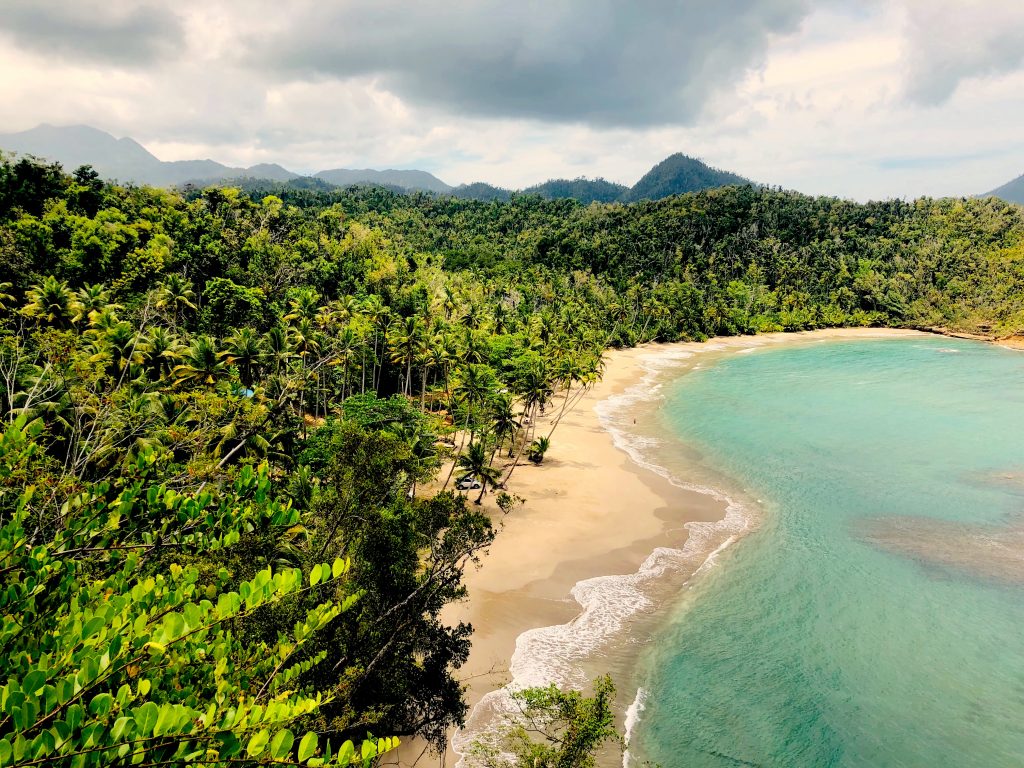
March 2019
Unlike so many of its neighbours who have embraced mass tourism, Dominica (not to be confused with the far larger Dominican Republic) is almost entirely covered in rainforest and boasts dozens of soaring volcanic peaks, over 300 rivers and scores of waterfalls and thermal pools. I’d been to this incredible place once before and had completely fallen in love, mainly as it’s unlike almost any other island in the Caribbean, with its traditional way of life, lack of resorts (the island’s beaches are mainly black or grey volcanic sand) and its respect for nature, which gives it an incredible biodiversity and makes it one of the region’s top destination for hikers and ecotourists. My ever-intrepid mother joined me in St Kitts, and we flew over together on a twin prop, landing at the country’s tiny airport, a small sliver of tarmac surrounded by jungle and with steep mist-covered mountain peaks rising sharply just beyond the airport security fence. We were based initially in the magical village of Toucari for a week, before moving to a gorgeous and dramatically located house called Harmony Villa in the centre of the island and literally under the peaks of the Morne Trois Pitons National Park. Dominica had just been through a devastating couple of years, having received a direct hit by Hurricane Maria in 2017, which caused untold destruction in a country where most houses are still made of timber. Despite having had over a year to recover, the scale of the destruction was still clearly visible everywhere, with many houses still roofless and many bridges still being rebuilt. Indeed, so many businesses had closed that it was a struggle to even find content for the new Caribbean guidebook. Despite this, the island remained an absolute delight, with people so friendly and happy to see visitors return that it was easy to overlook all that makes the island hard work for travellers at the moment.
